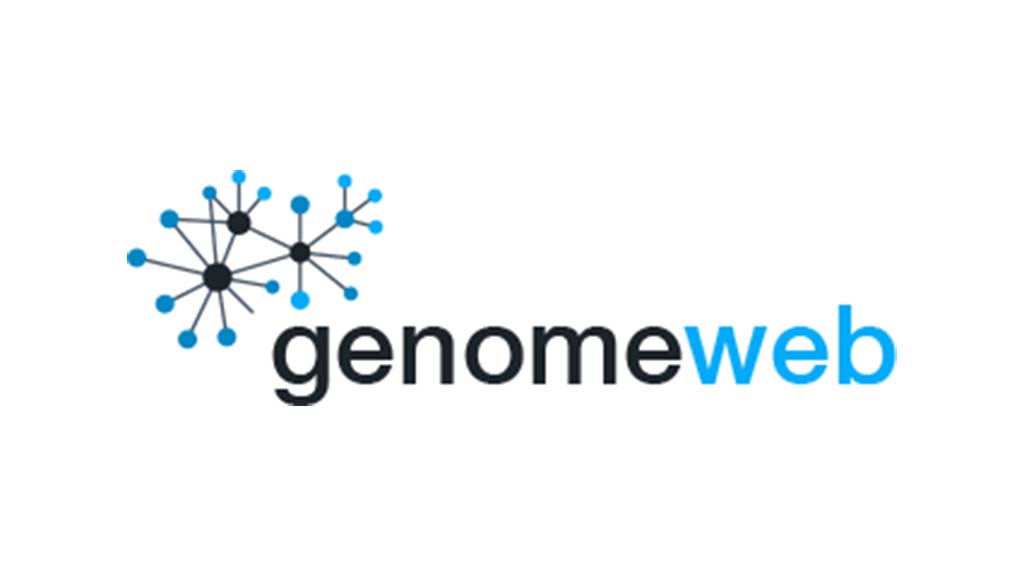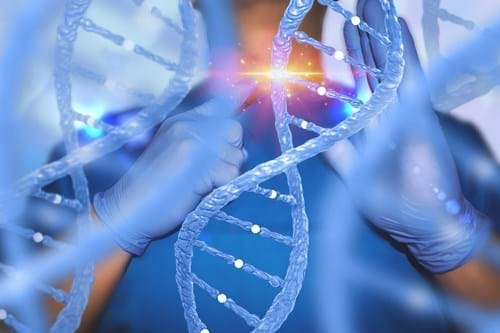GenomeWeb: ‘Dutch Team Looks to Drug Repurposing to Improve Patient Outcomes, Lower Costs’

The project is an attempt to address the rising healthcare costs associated with new cancer drugs and to identify biomarkers associated with those drugs to ensure patients are being treated appropriately, according to the investigators.
Edwin Cuppen, director of Hartwig Medical Foundation, told GenomeWeb that the researchers plan to enroll up to 1,000 patients in the study, which will run for at least the next three years. They have already negotiated with pharmaceutical companies to secure access to 12 different drugs and expect to eventually procure 20 drugs.
Cuppen said that the Dutch group’s study is similar to the American Society of Clinical Oncology’s Targeted Agent and Profiling Utilization Registry (TAPUR) trial, which was launched last year, and the groups are working to ensure that the two studies complement each other, rather than duplicate efforts.
The overall goal is to identify drugs that will be effective in patients based on molecular alterations. In the Netherlands, there are 125,000 new cancer patients per year and 40 percent of all patients die within five years after diagnosis, according to data from the Zorg Institut Netherlands. In 2013, the Netherlands spent nearly €733 million ($802 million) on cancer treatment and drugs, €519 million of which was for pricey targeted therapies that the center projects will increase in cost by 10 percent to 20 percent per year. New drugs can often cost more than €50,000 per treatment.
Such a system is not sustainable, Cuppen said. “We can’t afford to give these new, expensive drugs to everyone.” So, biomarkers are needed to indicate who should be getting what drug.
The Drug Repurposing Study, or DRUP, opened about one month ago and already 30 patients have registered for potential inclusion.
For the DRUP study, the researchers have set up a protocol consisting of multiple arms that each include eight patients with specific molecular alterations in specific tumor types. The eight patients in the arm are matched to a specific therapy depending on the alteration. If at least one patient responds, the trial arm will be expanded to 16 patients, and so on, until enough evidence has been gathered, Cuppen said. If in the initial eight-patient cohort, none of the patients respond, the trial will be stopped and that specific drug, alteration, and tumor type will not be tested again, he said.
The goal is to identify drugs that have been approved for another indication that could potentially work for patients with a certain biomarker or to identify biomarkers for experimental drugs. Currently, for around 90 percent to 95 percent of patients, there is no biomarker-driven approved therapy, according to the Zorg Institut Netherlands. But, for nearly all patients, sequencing identifies an alteration that points to a potential benefit for an experimental drug or one approved for a different indication. The goal of DRUP is to test in a robust manner whether those off-label or experimental drugs will actually provide benefit to patients.
The Hartwig Medical Foundation is also collaborating with the Center for Personalized Cancer Treatment on a broader cancer genome sequencing protocol. The two organizations are offering whole-genome sequencing for metastatic cancer patients. The program was initially launched in 2010 on a limited basis, but has expanded each year. Currently there are 35 participating hospitals and researcher centers, out of 80 total in the country. Physicians from participating centers can send biopsy samples from metastatic cancer patients for tumor/normal sequencing, which is performed at the Hartwig Medical Foundation on its Illumina X Ten system to 30x coverage for the normal genome and 90x coverage for the tumor genome. The data is then stored in a centralized database there.
Patients who participate in the whole-genome sequencing study can consent to having their genomic information used for various research projects and clinical trials, including the DRUP study, and in some cases can consent to receiving cancer-related germline information, such as BRCA1 or BRCA2 mutations, that could have implications for their family members. Earlier this year, in fact, researchers from the CPCT reported on challenges with returning germline findings. Particularly challenging is putting in place a protocol to return results to the family of a patient who has passed away, since those results could have implications for the family members.
One somewhat unique aspect of the program is that hospitals and research centers must send fresh frozen biopsy samples, not formalin-fixed paraffin-embedded samples, which are traditionally how biopsies are preserved.
Cuppen said that researchers determined that DNA extracted from FFPE biopsies was not consistently high enough quality. The CPCT team is currently receiving around 100 samples per month and growing, Cuppen said.
On average, Cuppen said, 70 percent to 80 percent of the fresh-frozen biopsies can be successfully sequenced, with the main limitation being the percentage of tumor cells in the biopsy. At least 30 percent tumor content is needed in order to obtain enough tumor DNA for whole-genome sequencing to be informative, he said.
The researchers also plan to implement RNA sequencing and want to test whether analyzing circulating tumor DNA from plasma could serve as a good proxy for sequencing DNA from the tumors themselves. Analyzing ctDNA could be advantageous for patients from whom a metastatic tissue sample is difficult to come by, but Cuppen said that they first need to make sure that the same mutations found in even distant metastases can be identified in the ctDNA.
Sequencing tumor transcriptomes could provide valuable information about affected pathways and which genes are being expressed. Such information could help researchers determine appropriate therapies for patients who enroll in the DRUP study. For instance, he said, if sequencing identifies a mutation for which there is a targeted therapy, it would be important to make sure that mutation is actually being expressed, otherwise the drug would likely not work.
You read an article in the category Participating hospitals. You may also be interested in Personalized treatment, Research or Whole genome sequencing.All news
Also read

Clinical Cancer Genomics 2025: a cheerful boost for this rapidly emerging field
The atmosphere is buzzing, the excitement is almost tangible. This first Clinical Cancer Genomics Congress feels like an event that …

The starting point – always the patient
Frank van Wijck, science journalist Ele Visser is handing over his position as chairman of Hartwig Medical Foundation’s Data Access Board …

Actionable metastatic cancer genome is remarkably stable over time, despite treatment with drugs
A one-time analysis of the entire tumor DNA is almost always sufficient to find all DNA errors that may be …

Cancers will increasingly meet the definition of ‘rare’ in terms of the molecular profiles that make each tumor unique. The more research we can do into this, the better we will be able to offer patients personalized treatment in the future. Whole Genome Sequencing and studies like DRUP are making an important contribution to this.